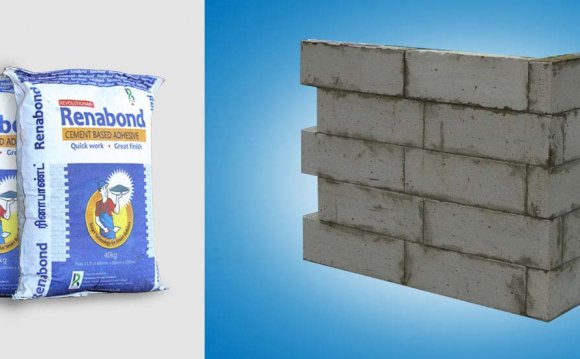
 Both kinds of glue tend to be put on the backsplash just as.
Both kinds of glue tend to be put on the backsplash just as.
Two standard forms of product are widely used to put in wall surface tiles for house restorations, such as a backsplash: portland cement-based mortar, which can be also known as thinset, and mastic, an organic tile adhesive utilized only on drywall programs like backsplashes. Both materials are appropriate backsplash applications, but both materials are not appropriate every type of tile. To determine which to utilize on the backsplash, look to the tile you may be setting up.
Glass Tiles
Glass has become an ever more typical material for backsplashes. Glass tiles can perhaps work as accent pieces or whilst the foundation for the entire backsplash. This tile needs many unique products and processes for installing it properly, and another of the could be the mortar. For a successful cup tile backsplash set up, you must use a white, latex-additive thinset mortar. This is essential because cup is transparent, and the colour of the glue make a difference it. Glass can also be nonporous, so mastic are unable to dried out properly behind it. Thinset treatments by chemical changes, therefore no atmosphere is required for it to cure precisely.
Stone Tiles
Stone tiles like marble, travertine, record and granite will also be utilized regularly on backsplash installations. Apart from green marble, which calls for an epoxy-based mortar, all rock tiles need a white thinset mortar. This is for 2 factors. Stone is permeable and certainly will stain if it absorbs color from mortar or adhesive. Stone can be incredibly heavy, and even though some mastics are now being created that can hold large or heavy tiles, they're not created for usage with stone tiles. For those who have a stone tile backsplash, adhere to white thinset mortar.
Ceramic Tiles
Ceramic tiles tend to be clay-based but a glaze covering. They've been the most widely used tile product for wall surface and backsplash applications. Mastic is designed for usage with ceramic tiles. It comes down prepared to used in buckets of most sizes, while most thinset comes in 50-pound bags. Because backsplashes tend to be around 30 sqft of room total, it seems sensible to get a tiny container of premixed mastic to do the job if you're setting up ceramic tiles. If you have other tile jobs doing inside your home, however, consider utilizing thinset for many of those.
Exclusions
Thinset mortar may be used for almost all materials, while mastic should simply be utilized for ceramic many porcelain tiles. There are some exclusions for this rule, but. A person is green marble, that may "spall" or start to scale and flake if it comes in contact with a wet mortar like thinset or mastic. For this reason epoxy can be used. Others exemption is specific kinds of cup tile. There are many producers that want employing epoxy with their product, even on backsplashes. Always read the manufacturer's directions for recommendations on mortar kind before you start the backsplash set up.










